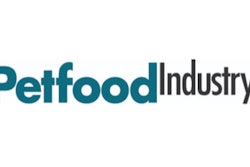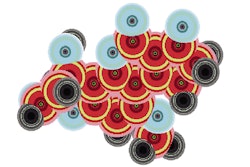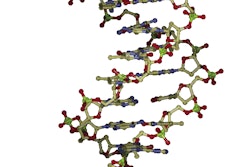Numerous new niches are springing up throughout the global petfood market. Consider this partial list: fresh chilled; raw; organic; grain free; human-quality ingredients; natural; exotic ingredients; superpremium; ultrapremium; home-cooked meals fortified with supplements; meat-centric and protein-focused diets. There are also niche diets for: skin health; gut health; dental health; urinary tract health; weight management; puppy trainability; large breed puppies; performance; seniors; and pets with allergies. What's your next niche?
Upsurge of novel positions
Recent interviews of petfood professionals by Petfood Industry have elicited the following comments about the upsurge of new petfood niches.
- Pet owners' desire to treat their pets especially well will lead to even more niche markets.
- The intense communication of pet owners via the Internet is leading to groups of customers with very specific requirements.
- The industry will become more fragmented as pet owners seek out customized dietary solutions for their pets.
- A broad cross-section of nontraditional ingredients are now popular in dry petfoods.
- In Western Europe, companies are noticing a shift from leading brands to niche products.
- Unearthing new needs and selling value-added pet products will expand the total Japanese market.
More evidence: "The demand for health-oriented products will have developed extensively in terms of sophistication by 2010," predicts Euromonitor. This trend will be amplified "by manufacturers' efforts to generate growth in mature markets through product innovation." Put another way, the number of new petfood niches will multiply.
The future: genomics
Petfood Industry recently talked with Sean Delaney, DVM, DACVN (www.dvmconsulting.com). When asked about future new niches, he predicted: "I anticipate a growth in the number of foods that are perceived as natural or organic by the consumer. In addition, foods that use novel ingredients will continue to be a popular niche.
"At the same time, the number of foods that have some functional qualities beyond meeting known nutritional requirements will grow," Delaney continued. "Much of this growth will be spurred by developments in nutritional genomics where foods can be tailored to specific breeds' and even individual's genetic needs."
We also asked Delaney about formulating petfoods for various health conditions. He pointed out that such formulation "relies on the strength of the supporting science. One must feel confident that the nutritional intervention will result in good and not cause harm." In addition, he said, "The formulation must be feasible and palatable. The best theoretical formulation isn't going to help any pet if it can't be made and won't be eaten."
DIY processing
US estimates indicate over 2.5 million dogs and cats receive the majority of their calories from home-cooked foods (do it yourself processing). They're often deficient in key nutrients like calcium, iron and taurine, which can lead to problems like fractured bones, anemia and heart failure.
Delaney and software engineer Aniel Santos have developed a product called Balance IT (www.balanceit.com). It is a way to feed fresh human food to pets-using Internet based software and all-in-one supplements. The line includes two retail products: Balance IT canine & Balance IT feline, which can be used to create thousands of different recipes. There are also supplements for dogs and cats with liver or kidney disease.
Bottom line
Manufacturers will increasingly be testing the skills of petfood formulators. As new science and pet humanization lead to new niches and competition becomes more complex, formulators will be asked to fill more niches.
















